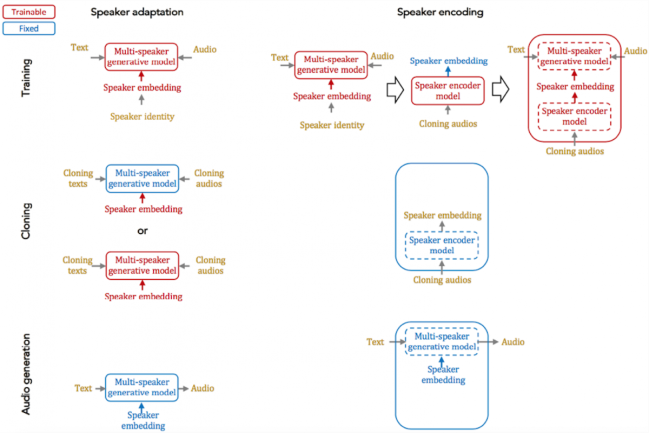A few days ago Google previewed its new quantum processor, Bristlecone, a quantum computing chip that will serve as a testbed for research regarding the system error rates and scalability of Google’s qubit technology. In a post on its research blog, Google said it’s “cautiously optimistic that quantum supremacy can be achieved with Bristlecone.”
72 Qubit Quantum Computing Chip
The purpose of this gate-based superconducting system is to provide a testbed for research into system error rates and scalability of their qubit technology, as well as applications in quantum simulation, optimization, and machine learning. Qubits (the quantum version of traditional bits) are very unstable and can be adversely affected by noise, and most of these systems can only hold a state for less than 100 microseconds. Google believes that quantum supremacy can be “comfortably demonstrated” with 49 qubits and a two-qubit error below 0.5 percent. Previous quantum systems by Google have given two-qubit errors of 0.6 percent, which in theory sounds like an extremely small difference, but in the world of quantum computing remains significant.
However, each Bristlecone chip features 72 qubits, which may help mitigate some of this error, but as Google says, quantum computing isn’t just about qubits. Until now, the most advanced quantum chip, built by IBM, had 50 qubits. “Operating a device such as Bristlecone at low system error requires harmony between a full stack of technology ranging from software and control electronics to the processor itself,” the team writes in a blog post. “Getting this right requires careful systems engineering over several iterations.”
(via Google Research Blog, Engadget, Forbes)
